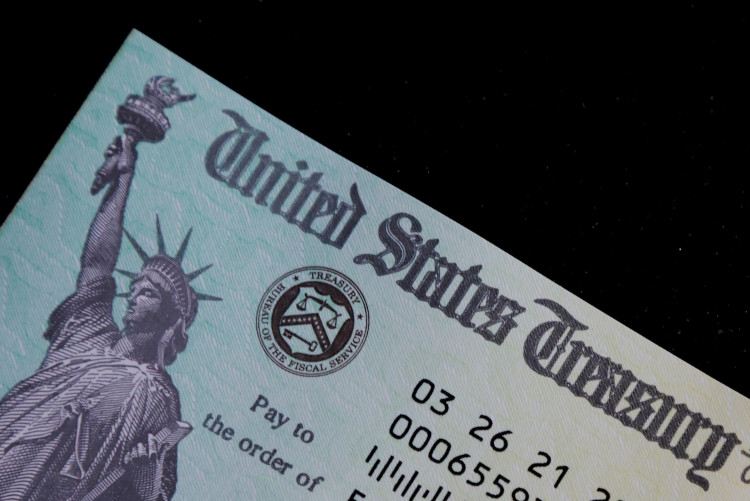Despite modest price declines, Americans have been severely impacted by persistent inflation. In certain states, though, they may receive a fresh stimulus check before the end of the Christmas season.
Several states have sent or are planning to make payments to citizens who are dealing with increased prices due to inflation as a result of budget surpluses that have made them rich with cash.
Others have provided tax reductions and tax holidays in an effort to alleviate the strain. Due to their surplus income from COVID-19 relief money and increased tax revenues, several municipalities may be unusually generous to their inhabitants.
Richard Auxier, a senior policy associate with the Tax Policy Center, told the New York Times, "This lets states play Santa Claus."
Depending on each state's surplus and population, different amounts have been allocated. Some states, such as New Mexico, paid citizens up to $1,500, while California residents were eligible for payments ranging from $200 to $1,050.
In Massachusetts, a payment was mandated by law owing to a requirement that tax money in excess of the state's yearly limit is returned to taxpayers. Refunds equate to around 14% of residents' 2021 tax bills.
In Colorado, Connecticut, Florida, Hawaii, Idaho, Illinois, Indiana, Maine, New Jersey, New York, Oregon, Pennsylvania, Rhode Island, and Virginia, further refunds have been issued or are in the process of being processed.
In addition, Minnesota (up to $1,000) and Delaware (up to $300) are anticipated to get more aid in the near future.
Obviously, the relief is accompanied by some apprehension. Experts anticipated that more stimulus checks would exacerbate the inflation problem since extra money in Americans' pockets would raise demand on an already congested supply chain, causing prices to continue to climb.
Nevertheless, inflation appears to be exhibiting indications of moderation currently. Mortgage rates, which had been on the increase due to the Fed's efforts to limit inflation, had their greatest weekly decline in four decades, falling to an average of 6.61% from 7.08%. Inflation fell in October on both the Consumer and Producer Price Indexes, with the Producer Price Index increasing by just 0.2% from September.
As of Saturday, AAA reports that the average price of a gallon of gasoline has decreased to $3.68. This figure is lower than the averages from the previous day, week, and month. It is $0.27 more expensive than the average price of $3.41 one year ago.






